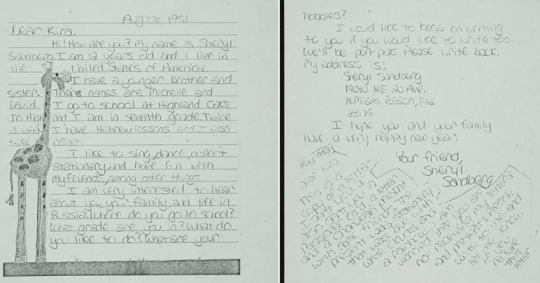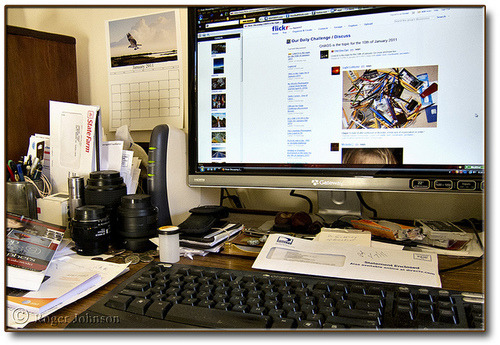Telegram. Nahum Goldmann to Leo Baeck (misspelled in address line). AR 5890, Council of Jews from Germany Collection, Box 5, Folder 11, October 1953. Leo Baeck Institute.
Out of the Archives: Council of Jews from Germany Records
by Kevin Schlottmann, Levy Processing Archivist, Center for Jewish History
Here in the Shelby White & Leon Levy Archival Processing Laboratory at the Center, we occasionally work with materials of great visual beauty, deep emotional significance, or immediately recognizable interest. It is undeniably moving to handle personal items such as a memorial album or a Nazi-era yellow star. However, more typically, we arrange and describe items that are not as individually striking, but that in aggregate form the raw material of scholarship, the stuff from which history is written.
I recently finished processing a collection from the Leo Baeck Institute that comprises the records of the Council of Jews from Germany. The Council, founded in London in 1945, is the umbrella organization for groups established by Jews who fled Nazi Germany and other Central European countries. The Council represented the interests of former German Jews—who were now resettled in other countries—in matters of restitution and indemnification, legislation and social work activities, as well as with successor organizations for heirless Jewish property in West Germany. It was a founding member of the Conference on Jewish Material Claims against Germany, also known as the Claims Conference.
The records in the collection primarily range from the 1950s to the 1970s, and they include correspondence concerning all aspects of restitution (particularly with the Claims Conference), internal minutes, other administrative and financial documents, and a small amount of cultural material. The full description can be found in the finding aid.
This collection is an invaluable resource for study of the post-war diaspora of German Jewry. It documents, in great detail, the intense public and private negotiations surrounding German restitution to the Jewish people. It also reflects how German Jews understood themselves and how they sought to determine their new identities in Israel, in the United States, and particularly in Great Britain, where the Council was located. On a page-by-page level, the material ranges from fairly tedious to inscrutable to those without a direct interest in the politics of German Jewry in the aftermath of World War II. But it is precisely this kind of unique, irreplaceable collection of high research value that the Center and its partners are charged with preserving, and that the archivists here work with every day. While typed letters from the 1950s don’t have the immediate visual impact of, say, a collection of World War I medals (which are quite common in LBI’s collections), working with such a collection is quite satisfying. I know that these documents, taken as a whole, will be a key resource in helping researchers to illuminate the post-war history of the Jews who managed to escape Nazi Germany.
You can learn more about the Shelby White & Leon Levy Archival Processing Laboratory—and the other laboratories in the Center’s Collection Management & Conservation Wing—by clicking here.






